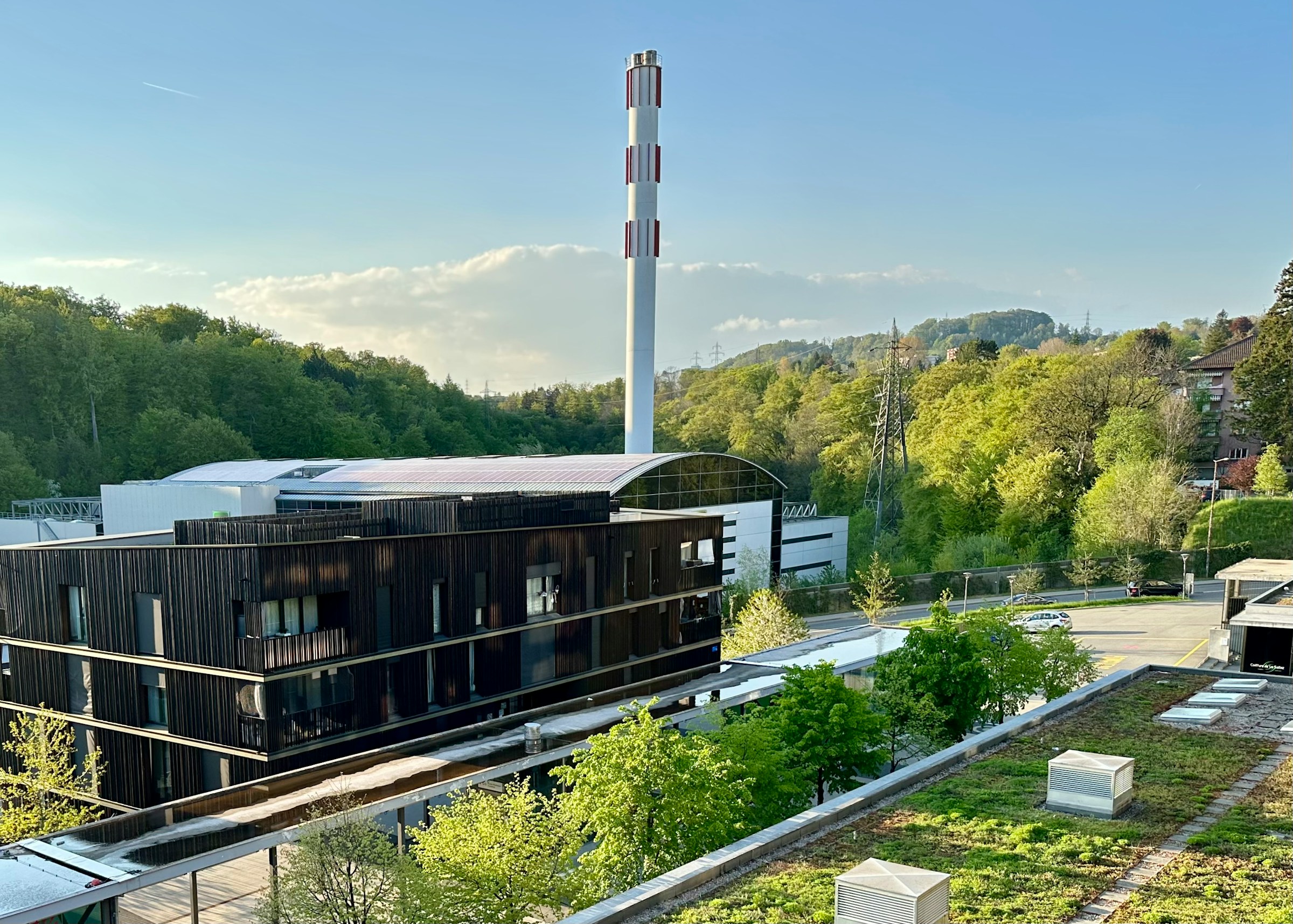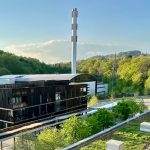In today’s urban landscape, the importance of public green spaces is increasingly recognized. They are not just areas of land designated for aesthetic appeal or leisurely strolls; they serve as crucial areas that promote community engagement, health, and an overall improved quality of life. For property developers, integrating these spaces into their planning and development process presents a unique opportunity to enhance their projects, making them not only more attractive to potential residents but also beneficial to the surrounding local communities.
Using Green Spaces as a Central Element in Urban Planning
In the early stages of urban planning, it’s essential for property developers to recognize the potential of public green spaces and make them a core element of the design process. These spaces often form the heart of a neighborhood, acting as a common ground where residents can meet, interact, and form a strong community bond.
Dans le meme genre : How to Secure Financing for a Major Renovation Project on a Listed Building in the UK?
Green spaces can range from parks and playgrounds to community gardens, and each offers its own unique benefits. Parks, for example, provide areas for recreation and relaxation, while community gardens promote sustainability, local food production, and collective work. Integrating these spaces into the initial design of an urban development encourages a connection between the residents and their environment, fostering a sense of community ownership and pride.
Fostering Community Engagement through Public Green Spaces
Public green spaces are more than just patches of land; they are potential platforms for community engagement. Engagement can take many forms, from involvement in the planning and development of the space to participation in regular maintenance and activities organized within the space.
A découvrir également : What Are the Impacts of the Gig Economy on Demand for Flexible Office Spaces in the UK?
To foster engagement, property developers can involve community members in the planning and design process of the green space. This participatory approach gives community members a sense of ownership and vested interest in the space. It can also lead to unique and innovative designs that reflect the character and needs of the local community.
Additionally, developers could consider forming partnerships with local organizations or community groups to manage and maintain the green spaces. These partnerships not only ensure that the spaces are well cared for but also provide opportunities for regular community activities and events, building a strong sense of belonging and community among residents.
The Role of Public Green Spaces in Neighborhood Development
In the context of neighborhood development, public green spaces play a significant role in shaping the community’s image and character. They are physical manifestations of a community’s values, aspirations, and priorities.
For property developers, this means that successful integration of green spaces into their projects can significantly enhance their marketability. A thoughtfully designed park or community garden can become a key selling point for potential residents, illustrating the developer’s commitment to community engagement and sustainable development.
Moreover, public green spaces contribute to the overall liveability of a city. They offer residents a respite from the urban bustle, promote physical activity, and improve air quality. In this way, they help attract a diverse range of residents, including families, young professionals, and older adults, further boosting the appeal of the property development.
How Public Green Spaces Enhance Community Life
While the benefits of public green spaces in terms of urban design and property development are evident, the most profound impact of these spaces is perhaps on the community life they help foster.
Green spaces offer numerous opportunities for social interaction, from informal gatherings to organized community events. They provide a setting for community members to meet, socialize, and form relationships, which can significantly contribute to their sense of belonging and social cohesion.
Furthermore, these spaces promote a sense of shared responsibility among community members. Whether it’s maintaining a community garden, cleaning up a park, or organizing a neighborhood event, these communal activities encourage cooperation, mutual respect, and a sense of camaraderie among residents.
Strategies for Incorporating Green Spaces in Property Development
The integration of public green spaces into property development requires careful planning and strategic thinking. Here are some strategies that property developers can employ.
Firstly, engage the community early in the planning process. Seek their input on the type of green space they would like to see, the activities they envision taking place there, and the design elements they prefer. This will ensure that the development is tailored to the needs and preferences of the community.
Secondly, consider a variety of green space types. While parks are a common choice, other options such as community gardens, pocket parks, and green roofs can also provide valuable community spaces.
Lastly, collaborate with local organizations or community groups to manage the green spaces. This not only ensures that the spaces are well-maintained, but also provides ongoing opportunities for community engagement and involvement.
In conclusion, public green spaces present an exciting opportunity for property developers to enhance their projects and contribute to the development of vibrant, engaged, and sustainable communities.
The Significance of Public Green Spaces in Urban Planning
In the dynamic arena of urban planning, public green spaces emerge as significant contributors to the creation of sustainable and engaging communities. With an increasing emphasis on the holistic well-being of inhabitants, property developers must acknowledge the potential that green spaces provide in enriching the quality of urban life.
Public green spaces represent diversity in design and function, offering a broad spectrum of possibilities for community engagement. They may include parks, playgrounds, community gardens, or green rooftops, each with unique benefits. The simple act of integrating these spaces into the early stages of urban planning can foster meaningful interactions among community members, ultimately strengthening the neighborhood’s sense of unity.
By making green spaces the cornerstone of urban design, property developers can encourage residents to take an active role in the upkeep and management of these areas. Moreover, this approach can stimulate long-term community participation and decision-making processes, promoting a sense of collective ownership and community pride.
The relevance of green spaces extends beyond aesthetics and leisure. These areas can serve as venues for social events, recreational activities, and even informal gatherings that encourage interaction among residents. Consequently, the careful integration of green spaces in urban planning can significantly influence the marketing appeal of a property development, making it an attractive option for diverse groups of prospective residents.
The Transformative Power of Green Spaces in Enhancing Community Engagement
The power of public green spaces lies in their ability to transform the fabric of urban communities. They serve as platforms for fostering community engagement and promoting collective responsibility among community members.
Property developers can leverage this transformative power by involving community members in the planning and design process. Adopting a participatory approach creates an environment of shared decision-making, allowing community members to express their preferences and ideas. This engagement helps ensure that the green space mirrors the character and needs of the community, enhancing its relevance and appeal.
Another effective strategy for enhancing community engagement through green spaces involves forming partnerships with local organizations or community groups. This collaborative approach can enhance the management and maintenance of the green spaces, fostering an ongoing sense of community involvement. Regular community activities within these spaces can build a strong sense of belonging among residents, further emphasizing the value of these green spaces in real estate development.
Moreover, public green spaces can serve as an effective tool for property developers in shaping the community’s image and character. They become physical symbols of the community’s values and aspirations, reflecting the developer’s commitment to sustainable development and community engagement. Consequently, such spaces can significantly enhance the marketing appeal of property developments, ultimately contributing to the overall liveability of the city.
Conclusion
The importance of public green spaces in property development spans multiple dimensions, from urban design and market appeal to community engagement and sustainability. For property developers, these spaces represent more than just patches of land; they are critical tools for creating vibrant, engaged, and sustainable communities.
Incorporating green spaces into the planning process, property developers can invite community members into the decision-making process, fostering a sense of shared ownership. By partnering with local organizations and community groups, developers can ensure the successful management and maintenance of these spaces, providing ongoing opportunities for community engagement.
Ultimately, public green spaces emerge as a significant asset in property development, promising long-term benefits for both the developer and the community. They not only enhance the appeal of the property but also contribute to the development of a strong, cohesive, and engaged community, reinforcing the integral role of green spaces in urban development. The future of sustainable and engaging real estate is undoubtedly green.






